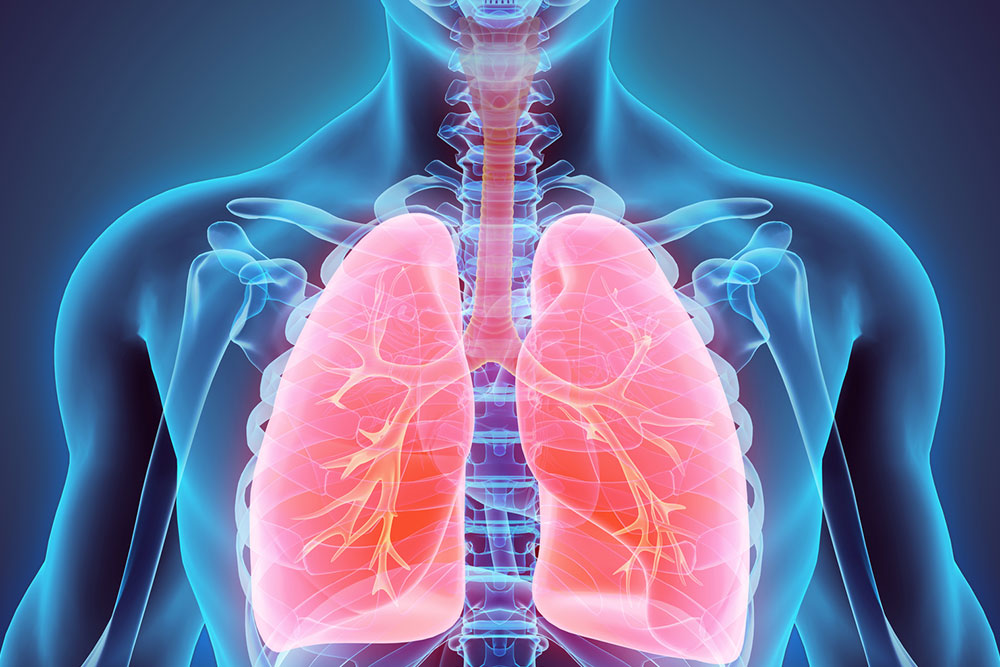Comprehensive Guide to Non-Small Cell Lung Carcinoma: Causes, Symptoms, and Modern Treatment Strategies
This comprehensive guide explores non-small cell lung carcinoma (NSCLC), covering its causes, early signs, diagnostic methods, and the latest treatment options. Emphasizing early detection and personalized therapies, the article aims to provide valuable insights for patients and healthcare providers to improve prognosis and quality of life.

Comprehensive Guide to Non-Small Cell Lung Carcinoma: Causes, Symptoms, and Modern Treatment Strategies
Non-small cell lung carcinoma (NSCLC) remains the most prevalent form of lung cancer globally, accounting for approximately 80-85% of all lung cancer diagnoses. In contrast, small cell lung cancer (SCLC) constitutes about 10-15%. This type of lung cancer involves abnormal, uncontrolled growth of epithelial cells within the lungs, which can invade nearby tissues and metastasize to distant organs. Understanding the nuances of NSCLC is essential for early detection and effective management.
NSCLC is a complex disease with multiple subtypes, each with distinct pathological and clinical characteristics. The major subtypes include adenocarcinoma, squamous cell carcinoma, large cell carcinoma, and the rarer sarcomatoid carcinoma. These subtypes differ in their cellular origin, growth patterns, and response to treatment, making precise diagnosis critical for tailoring therapy.
The primary causes of NSCLC are largely linked to environmental and lifestyle factors. Smoking remains the leading risk factor, responsible for the majority of cases. The carcinogenic compounds present in tobacco smoke cause mutations in lung cells, leading to malignant transformation. Aside from smoking, prolonged exposure to hazardous substances like radon gas, asbestos fibers, industrial air pollutants, and ionizing radiation significantly increases the risk of developing NSCLC. Additionally, genetic predispositions may influence susceptibility, although lifestyle factors play a dominant role.
Despite its severity, early detection of NSCLC is notoriously challenging because initial symptoms are often subtle and resemble common respiratory illnesses. Many patients do not experience noticeable symptoms in the early stages, which contributes to diagnoses often occurring at advanced stages when the cancer has spread significantly.
Typical signs and symptoms of NSCLC include a persistent, worsening cough that doesn't go away, often accompanied by chest pain that intensifies during breathing, coughing, or laughing. Voice changes such as hoarseness may occur if the tumor presses on nerves controlling the vocal cords. Breathlessness, noisy or wheezy breathing, and recurrent respiratory infections like pneumonia or bronchitis that fail to respond to standard treatments are also common indicators. As the disease progresses, patients may experience unexplained weight loss, extreme fatigue, loss of appetite, and general malaise.
Advanced stages often bring more severe symptoms, such as persistent headaches, bone pain, dizziness, jaundice, or limb numbness. These signs indicate metastasis to other organs like the brain, bones, liver, or nervous system. Recognizing these symptoms early can significantly improve prognosis, emphasizing the importance of prompt medical consultation when experiencing persistent respiratory or systemic symptoms.
Diagnostic processes for NSCLC involve comprehensive physical examinations, detailed medical histories, and advanced imaging techniques. Initial assessments include chest X-rays, which can reveal suspicious masses or lesions. However, more detailed imaging methods like computed tomography (CT) scans provide precise information about tumor size, location, and potential spread. Magnetic resonance imaging (MRI) offers superior visualization of soft tissues, especially when assessing brain or spinal involvement. Positron emission tomography (PET) scans help identify metastases by highlighting areas of increased metabolic activity associated with cancer cells.
Definitive diagnosis requires tissue sampling through sputum cytology, bronchoscopic biopsies, or image-guided needle biopsies. Histopathological analysis confirms the presence of malignant cells and determines the specific subtype of NSCLC, which is critical for selecting a targeted treatment approach. Accurate staging, based on tumor size, lymph node involvement, and distant metastasis (TNM system), guides treatment planning and helps predict prognosis.
Management of NSCLC depends heavily on the stage at diagnosis. Early-stage tumors (stages I and II) are often amenable to surgical removal, offering the best chance for cure. Surgical options include lobectomy, pneumonectomy, or segmentectomy, aiming to excise the entire tumor with clear margins. Adjuvant therapies like chemotherapy or radiation may follow surgery to eliminate residual cancer cells and prevent recurrence.
Advanced stages (stages III and IV), where surgery alone is insufficient, require multimodal treatment strategies. Chemotherapy remains a mainstay to control disease progression, palliate symptoms, and improve survival rates. Targeted therapies, such as tyrosine kinase inhibitors and monoclonal antibodies, have revolutionized treatment for patients with specific genetic mutations, such as EGFR or ALK alterations. Immunotherapy, especially immune checkpoint inhibitors like PD-1/PD-L1 inhibitors, has shown promising results in enhancing the body's immune response against cancer cells.
Radiation therapy plays a significant role in managing inoperable tumors, alleviating pain, and reducing tumor size. Emerging treatments like laser ablation and stereotactic body radiotherapy (SBRT) offer minimally invasive options with fewer side effects.
Early detection and tailored treatment plans significantly improve survival rates and quality of life for NSCLC patients. Recognizing early symptoms, seeking prompt medical attention, and undergoing regular screenings for high-risk individuals are critical steps in combating this disease effectively.
In summary, NSCLC remains a formidable health challenge worldwide. However, advances in diagnostic techniques and treatment options continue to improve patient outcomes. Education about risk factors, early signs, and the importance of screening can make a significant difference in managing the disease and saving lives. Ongoing research into targeted therapies and immunotherapies promises a future where lung cancer treatments become more personalized, effective, and less invasive, ultimately leading to higher survival rates and better quality of life for patients.





